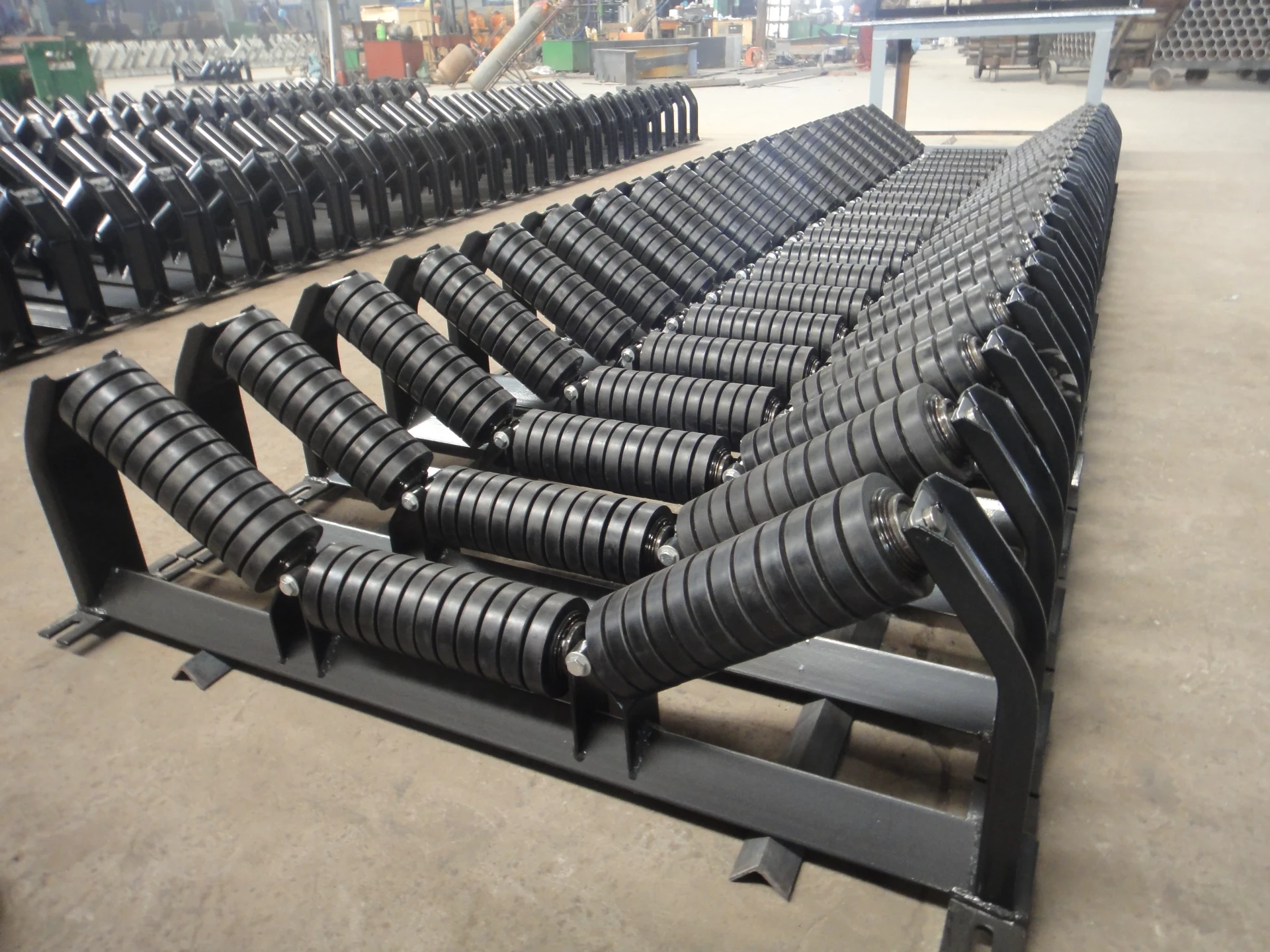 Afrikaans
Afrikaans  Albanian
Albanian  Amharic
Amharic  Arabic
Arabic  Armenian
Armenian  Azerbaijani
Azerbaijani  Basque
Basque  Belarusian
Belarusian  Bengali
Bengali  Bosnian
Bosnian  Bulgarian
Bulgarian  Catalan
Catalan  Cebuano
Cebuano  Corsican
Corsican  Croatian
Croatian  Czech
Czech  Danish
Danish  Dutch
Dutch  English
English  Esperanto
Esperanto  Estonian
Estonian  Finnish
Finnish  French
French  Frisian
Frisian  Galician
Galician  Georgian
Georgian  German
German  Greek
Greek  Gujarati
Gujarati  Haitian Creole
Haitian Creole  hausa
hausa  hawaiian
hawaiian  Hebrew
Hebrew  Hindi
Hindi  Miao
Miao  Hungarian
Hungarian  Icelandic
Icelandic  igbo
igbo  Indonesian
Indonesian  irish
irish  Italian
Italian  Japanese
Japanese  Javanese
Javanese  Kannada
Kannada  kazakh
kazakh  Khmer
Khmer  Rwandese
Rwandese  Korean
Korean  Kurdish
Kurdish  Kyrgyz
Kyrgyz  Lao
Lao  Latin
Latin  Latvian
Latvian  Lithuanian
Lithuanian  Luxembourgish
Luxembourgish  Macedonian
Macedonian  Malgashi
Malgashi  Malay
Malay  Malayalam
Malayalam  Maltese
Maltese  Maori
Maori  Marathi
Marathi  Mongolian
Mongolian  Myanmar
Myanmar  Nepali
Nepali  Norwegian
Norwegian  Norwegian
Norwegian  Occitan
Occitan  Pashto
Pashto  Persian
Persian  Polish
Polish  Portuguese
Portuguese  Punjabi
Punjabi  Romanian
Romanian  Russian
Russian  Samoan
Samoan  Scottish Gaelic
Scottish Gaelic  Serbian
Serbian  Sesotho
Sesotho  Shona
Shona  Sindhi
Sindhi  Sinhala
Sinhala  Slovak
Slovak  Slovenian
Slovenian  Somali
Somali  Spanish
Spanish  Sundanese
Sundanese  Swahili
Swahili  Swedish
Swedish  Tagalog
Tagalog  Tajik
Tajik  Tamil
Tamil  Tatar
Tatar  Telugu
Telugu  Thai
Thai  Turkish
Turkish  Turkmen
Turkmen  Ukrainian
Ukrainian  Urdu
Urdu  Uighur
Uighur  Uzbek
Uzbek  Vietnamese
Vietnamese  Welsh
Welsh  Bantu
Bantu  Yiddish
Yiddish  Yoruba
Yoruba  Zulu
Zulu Different Types of Belt Drive Pulleys and Their Applications Explained
Understanding Belt Drive Pulley Types
Belt drive systems are an essential component in many mechanical systems, facilitating the transfer of power between shafts while minimizing slippage and mechanical wear. At the heart of any belt drive system lies the pulley, a cylindrical device that guides the belt and transfers motion from one shaft to another. Various types of pulleys cater to different applications and operational requirements. This article will explore the main types of belt drive pulleys, highlighting their features, advantages, and ideal uses.
1. Grooved Pulleys
Grooved pulleys are perhaps the most common type used in belt drive systems. These pulleys have a series of grooves that run along their circumference, which helps to securely hold the belt in place. The primary advantage of grooved pulleys is their ability to grip the belt tightly, reducing the chances of slippage during operation. This feature makes them suitable for high-torque applications where reliability is crucial, such as in automotive engines and industrial machinery.
Grooved pulleys come in various configurations, including single groove, double groove, and multiple groove designs. Each configuration allows for the use of one or more belts, depending on the torque requirements of the system. For instance, a double groove pulley can accommodate two belts, effectively distributing the load and increasing power efficiency.
Idler pulleys play a different but equally important role in belt drive systems. These pulleys do not transmit power directly; instead, they help to maintain tension in the belt and guide its path. Idler pulleys are often used in configurations where the distance between pulleys is significant, ensuring that the belt remains taut and functions smoothly.
The installation of idler pulleys can help reduce wear and prolong the lifespan of both the belt and the driving components. Additionally, they can help change the direction of the belt, making them valuable in complex systems that require precise motion control.
belt drive pulley types

3. Driven Pulleys
Driven pulleys are directly connected to the load, receiving motion from the driving pulley through the belt. They are typically larger than the driving pulleys and are designed to transfer the rotational energy effectively to the machinery they serve. The size difference between the driving and driven pulleys is referred to as the speed ratio, which dictates the output speed of the driven component.
The design of driven pulleys can vary widely, and they may feature either a flat surface or grooves depending on the type of belt used. For example, in a system employing a V-belt, a grooved driven pulley would be necessary to ensure effective grip and power transfer.
4. Sprocket Pulleys
Sprocket pulleys are specialized types of pulleys equipped with teeth or cogs, designed to work with chain drives rather than traditional belts. These pulleys provide a strong mechanical connection and are ideal for applications that require high torque and reliable power transfer. Commonly found in bicycles, motorcycles, and some industrial machines, sprocket pulleys are fundamental for systems where precise motion and synchronization are necessary.
Conclusion
Belt drive pulleys are integral components within various mechanical systems, facilitating power transfer and enhancing efficiency. Understanding the different types of pulleys—grooved, idler, driven, and sprocket—allows engineers and technicians to select the right components for their specific applications. Each type of pulley offers distinct advantages, making them suited for particular scenarios, whether it be high torque demands, tension maintenance, or reliable motion transfer. Ultimately, the right pulley choice contributes to the longevity and performance of any belt drive system.
-
Trusted Conveyor Solutions from Leading Conveyor Idler Roller ManufacturersNewsJun.27,2025
-
Reliable Return Idler Solutions for Efficient Belt Conveyor SystemsNewsJun.27,2025
-
Precision Conveyor Accessories for Streamlined Material HandlingNewsJun.27,2025
-
High-Quality Belt Conveyor Idler Solutions for Efficient Material HandlingNewsJun.27,2025
-
High-Performance Belt Conveyor Pulleys for Reliable Material HandlingNewsJun.27,2025
-
Enhancing Material Handling EfficiencyNewsJun.27,2025





























